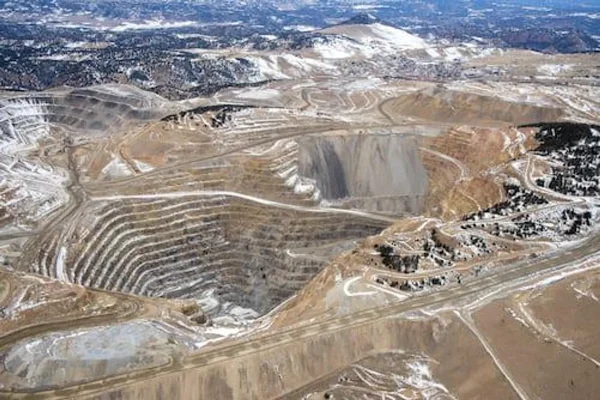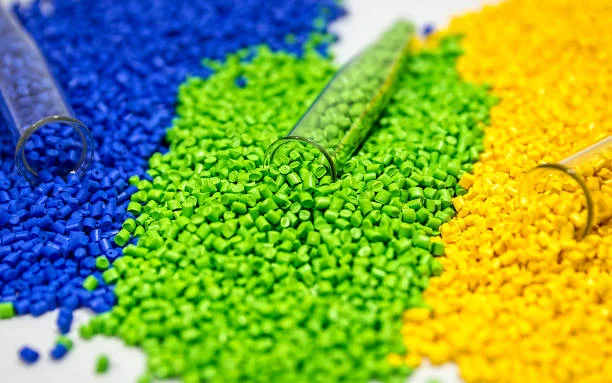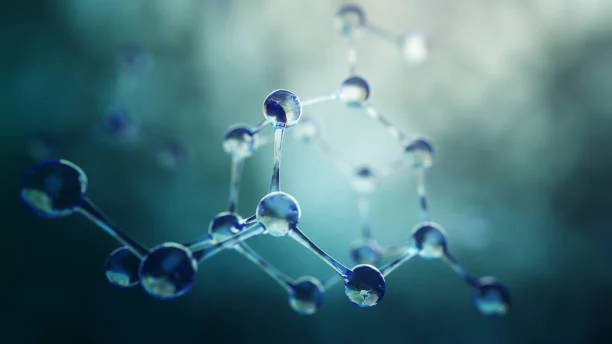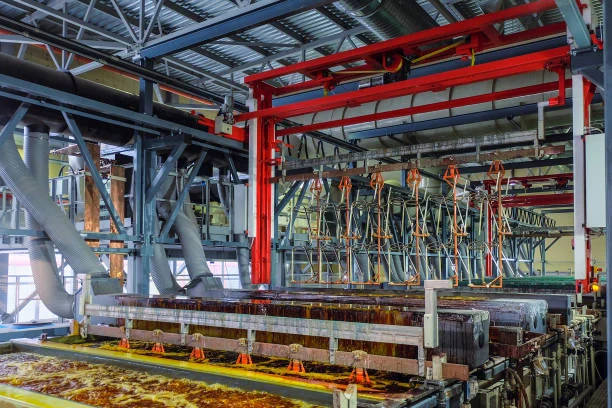
1. Introduction
Cyanidation is a widely used method for gold extraction in the mining industry. It has gained popularity due to its relatively low cost and high gold recovery rate. This process enables on - site gold production, which significantly reduces various drawbacks associated with the long - distance transportation of gold concentrates. As a result, it contributes to improving the economic efficiency of enterprises and saving costs. However, the use of cyanide, a highly toxic reagent, along with a long process flow and relatively slow gold extraction speed, are notable disadvantages of the cyanidation process. To better adapt to different types of gold - bearing ores, enhance gold recovery, and reduce costs, the cyanidation gold extraction process has been continuously innovated.
2. The Development of Cyanidation Process
In the early days of cyanidation, the mineral processing technology was not well - developed, and the cost of fine grinding of ores was high. Moreover, at that time, methods for continuous leaching, dewatering, and filtering of large - scale ore batches had not been developed. Therefore, in the initial stage of the development of the cyanidation method, percolation leaching was the main process. Percolation leaching was only suitable for treating coarse - grained ores. It required that there should be no clay, slime, or other impurities in the materials. So, before leaching, the finely crushed ores needed to be classified, which was a process of washing, to separate the slime. The coarse - slime products were placed in leaching tanks for cyanidation treatment by percolation leaching.
With the improvement of hydrometallurgical equipment, such as the continuous development of slurry agitation tanks, filters, thickeners, etc., in addition to using percolation leaching for ore sand, the separated slime products could be cyanided in agitation tanks. With the progress and improvement of grinding, concentration, and filtration technologies, cyanide leaching has shifted to extracting gold from finely - grained gold ores. All ores are finely ground and then leached in strongly agitated tanks. This method is called the "all - slime cyanidation" method. It has the advantages of high recovery rate, fast gold leaching speed, and short gold extraction cycle, so it has been rapidly promoted and applied.
3. Stirring Cyanidation Technology and Its Auxiliary Leaching Processes
In the early days of the gold cyanidation process using the stirring cyanidation method, bubbling air was used to oxidize gold. Later, with the scientific development of gold extraction and people's increasing understanding of the importance of oxygen in leaching, auxiliary leaching processes such as oxygen - enriched leaching and liquid - phase oxidant - assisted leaching have emerged. These include hydrogen peroxide or potassium permanganate - assisted leaching, ammonia - cyanide - assisted leaching, heating and pressurization - assisted leaching, and lead nitrate - assisted leaching.
Oxygen - enriched leaching can increase the concentration of oxygen in the leaching system, which promotes the oxidation of gold and improves the leaching efficiency. Hydrogen peroxide and potassium permanganate, as strong oxidants, can accelerate the oxidation of gold in the ore, thereby enhancing the leaching speed. Ammonia - cyanide - assisted leaching can change the chemical environment of the leaching solution, which is beneficial for the dissolution of gold. Heating and pressurization - assisted leaching can increase the reaction rate by improving the temperature and pressure conditions, while lead nitrate - assisted leaching can play a catalytic role in the cyanidation reaction of gold.
4. Challenges and Future Prospects
Despite its advantages, the all - slime stirring cyanidation process still faces some challenges. The use of highly toxic cyanide requires strict safety measures and environmental protection management to prevent cyanide leakage and pollution. The long - term operation of the process also requires a large amount of energy consumption.
In the future, research and development in this field will focus on developing more environmentally friendly and efficient gold extraction methods. This may involve exploring alternative non - cyanide leaching agents to replace cyanide, improving the efficiency of existing processes to reduce energy consumption, and further optimizing the equipment and process flow to enhance the overall performance of gold extraction. Additionally, with the continuous development of digital and intelligent technologies, the application of these technologies in the all - slime stirring cyanidation process may also bring new opportunities for improving production efficiency and reducing labor costs.
In conclusion, the all - slime stirring cyanidation process has played an important role in the gold mining industry. Although it has some disadvantages, continuous technological innovation and improvement will help it better adapt to the development needs of the industry and contribute to the sustainable development of the gold mining industry.
- Random Content
- Hot content
- Hot review content
- Chromates / Potassium Dichromate 99.5%
- Copper(II) sulfate pentahydrate 98% Grade
- Flexible Customer and Supplier Relations Specialist (Location: Thailand)
- Sodium sulphate 99% Pharmacy Grade
- Maleic Anhydride - MA
- Cupric Chloride 98%
- Caprylic/capric triglyceride
- 1Discounted Sodium Cyanide (CAS: 143-33-9) for Mining - High Quality & Competitive Pricing
- 2Sodium Cyanide 98% CAS 143-33-9 gold dressing agent Essential for Mining and Chemical Industries
- 3Sodium Cyanide 98%+ CAS 143-33-9
- 4China's New Regulations on Sodium Cyanide Exports and Guidance for International Buyers
- 5Anhydrous Oxalic acid 99.6% Industrial Grade
- 6Oxalic acid for mining 99.6%
- 7Reagent Grade/Industrial Grade Hydrochloric Acid min.31%
- 1Sodium Cyanide 98% CAS 143-33-9 gold dressing agent Essential for Mining and Chemical Industries
- 2High Quality 99% Purity of Cyanuric chloride ISO 9001:2005 REACH Verified Producer
- 3 High-Quality Sodium Cyanide for Leaching
- 4Powdery emulsion explosive
- 5Industry Grade Electron grade 98% Sulfuric Acid H2SO4 Sulphuric Acid Battery Acid Industrial Sulfuric Acid
- 6Colloidal emulsion explosive
- 7sodium hydrosulfide 70% flakes used Mining Industry












Online message consultation
Add comment: